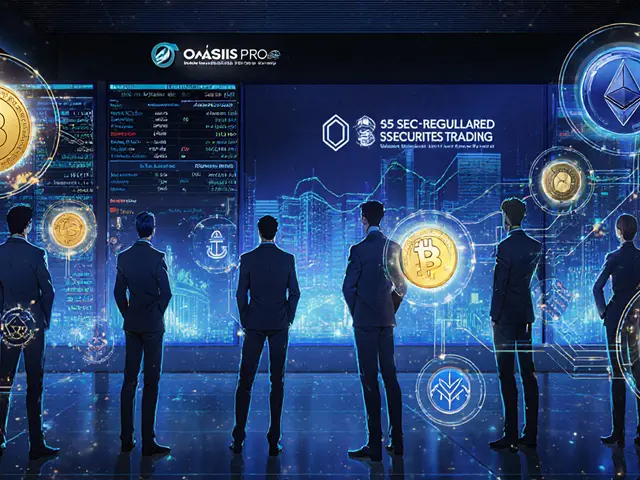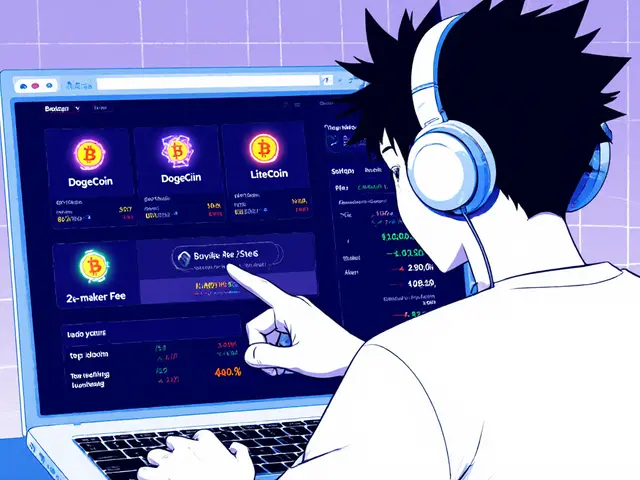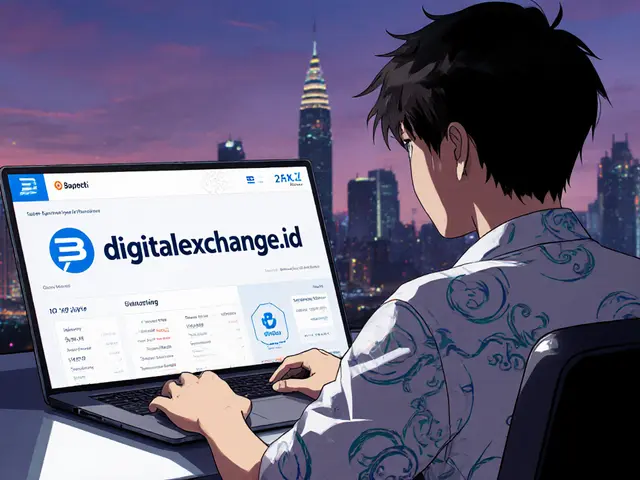Token Eligibility: The Basics Behind Crypto Airdrops and Rewards
When talking about token eligibility, the set of rules that decide who can receive a free token or reward in a crypto project. Also known as airdrop qualification, it usually hinges on holding a specific blockchain asset, completing a task, or meeting a snapshot date. Understanding these rules saves you time, prevents missing out, and keeps you from chasing scams.
One of the most common related concepts is the airdrop, a marketing giveaway where projects distribute tokens to a targeted audience. The eligibility criteria for an airdrop might include: holding a minimum amount of a base token, staking for a set period, or being an early adopter on a specific platform. For example, a Cardano‑based airdrop could require users to own at least 100 ADA by a snapshot date, while a DeFi reward might need you to lock liquidity in a pool for 30 days.
The claim process is the next step after you meet the criteria. Usually you submit a wallet address, sign a transaction, or link a social profile. Some projects automate the distribution, but many still ask users to claim manually via a web portal or a smart‑contract call. Missing a claim window can mean the tokens revert to the project treasury, so keeping track of deadlines is crucial.
Why Token Eligibility Matters in the Crypto Ecosystem
Token eligibility isn’t just a gate‑keeping tool; it shapes community growth and market dynamics. Projects use strict criteria to reward genuine supporters and discourage bots. At the same time, clear eligibility boosts trust, because users can verify the rules on‑chain. When you understand the token eligibility framework, you can spot high‑value airdrops, compare them against your existing holdings, and decide whether the effort worth the potential upside.
Another key entity is blockchain eligibility, which determines which network’s rules apply. A Bitcoin‑based distribution follows different verification methods than an Ethereum ERC‑20 airdrop. Knowing the underlying blockchain helps you choose the right wallet, avoid cross‑chain mistakes, and understand tax implications. For instance, a token that lives on Binance Smart Chain may require a BEP‑20 compatible wallet, while a Solana airdrop needs a SPL‑compatible address.
Finally, the intersection of token eligibility and project incentives creates a feedback loop: the more inclusive the criteria, the larger the participant base; the tighter the rules, the more exclusive and potentially valuable the reward. This balance drives token utility, community engagement, and long‑term price stability. By mastering eligibility fundamentals, you can navigate that loop with confidence.
Below you’ll find a curated set of guides, deep‑dives, and reviews that break down specific airdrop programs, mining pool rewards, and token distribution models. Each article applies the eligibility concepts we’ve just covered, so you’ll see real‑world examples of how to qualify, claim, and maximize your crypto gains.
All you need to know about the AITECH x CMC airdrop: eligibility, claim steps, token details, and how to avoid common pitfalls.
Read More





